Halloween has its origins in the Celtic festival of Samhain, which was traditionally held between the autumn equinox and the winter solstice to celebrate the harvest. This was a time of transition, and it was believed that spirits would return to life and roam the earth. To ward them off, the Celts lit bonfires and dressed in spooky costumes.
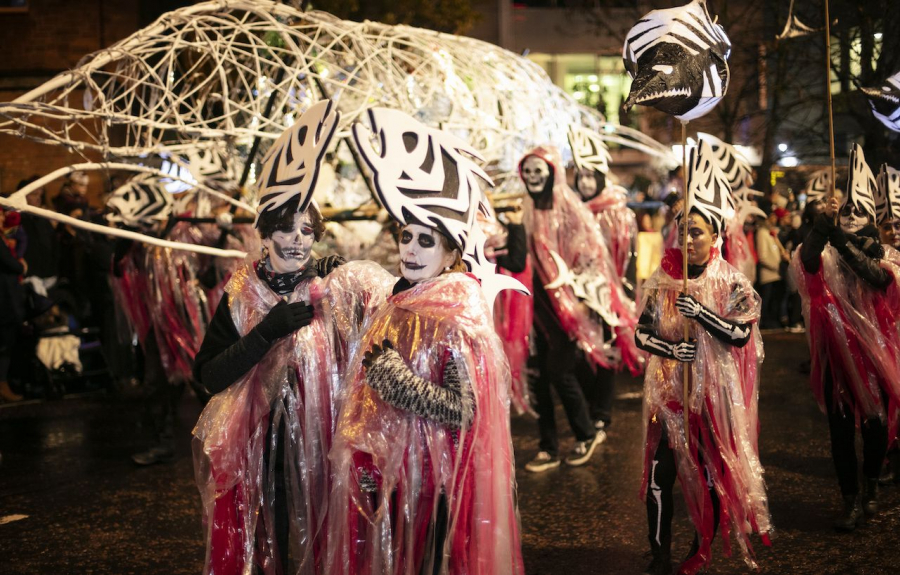
In the 7th century, after Pope Gregory III set aside November 1 each year to honor the saints, the Samhain tradition became All Saints' Day, and the night before became known as All Hallows' Eve, later known as Halloween. However, the holiday underwent many changes after Irish immigrants brought it to America in the 19th century. Today, Halloween in America is an occasion for people to dress up, give out candy to children, and decorate their homes and streets with spooky themes, which has redefined the way Halloween is celebrated in other parts of the world.
Some countries, such as those with Celtic traditions, have incorporated old customs into modern celebrations. Others have adopted the American way of celebrating Halloween. But no matter how you celebrate Halloween, October 31 is a fun and festive occasion for everyone.
Ireland
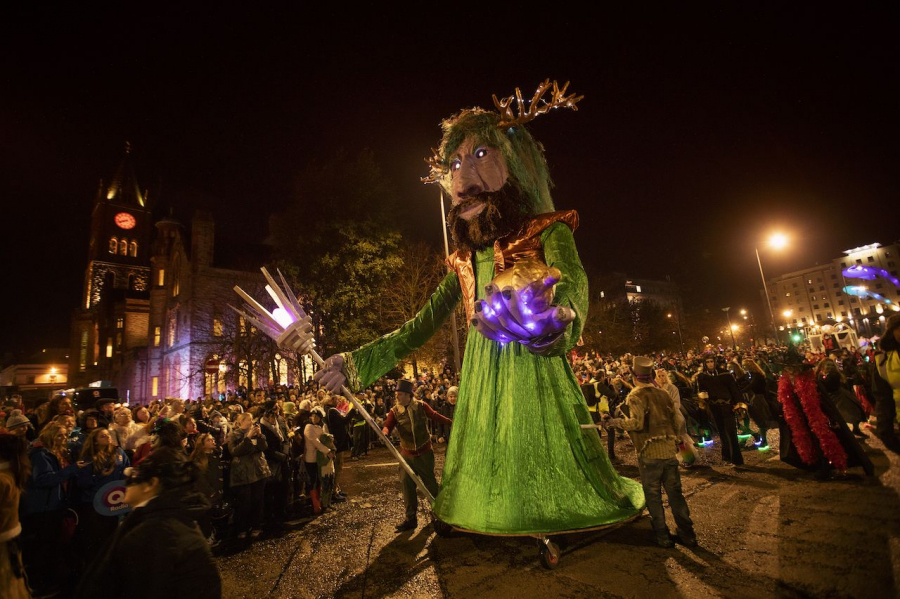
Today, Halloween in Ireland is much like Halloween in the United States, albeit on a smaller scale. Children carve jack-o'-lanterns, a variation on the old turnip carving tradition, and go trick-or-treating, dressing up as ghosts and ghosts and performing tricks such as reciting poems or singing songs in exchange for gifts. In larger cities, restaurants and pubs also hold Halloween-themed events for adults.
However, some of today's Halloween traditions in Ireland have their roots in Samhain. The Irish now set off fireworks just as the ancient Celts did to ward off evil spirits. They set off fireworks in the streets and close Halloween celebrations in Londonderry, Northern Ireland. The Meath Spirits' Halloween Festival, held in County Meath in October and early November, also features costume events, pumpkin carving competitions, haunted tours, and more.
Scotland
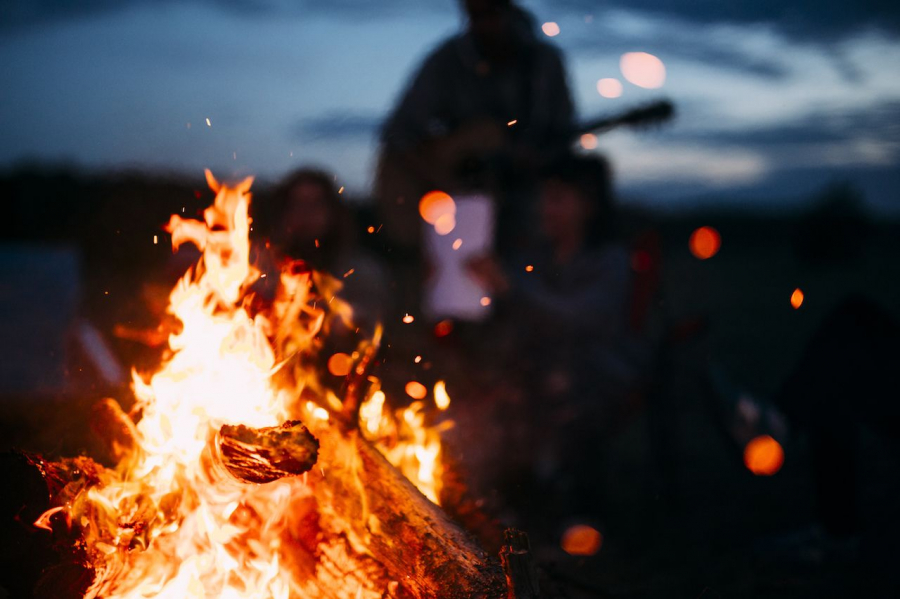
Scottish and Irish Halloween customs have many similarities, but there are also distinct traditions. In Scotland, some people carve turnips into lanterns, while others use pumpkins. Children play games by biting apples out of buckets of water, or eating pies hung from trees without using their hands. Halloween costumes in Scotland vary, but tend to be spooky, following the old custom of dressing up as ghosts and going around collecting treats like fruit or coins.
Some uniquely Scottish Halloween customs are as romantic as cracking a chestnut. This is a tradition where newly engaged couples throw a chestnut into a bonfire to see how their marriage will go: If the nut cracks quietly, it will be a smooth marriage, if it explodes loudly, it will be a stormy marriage. For singles, there is also the kale pulling game, in which you pull out a kale plant from your garden, the root of which reveals the height and build of your future spouse.
Japan
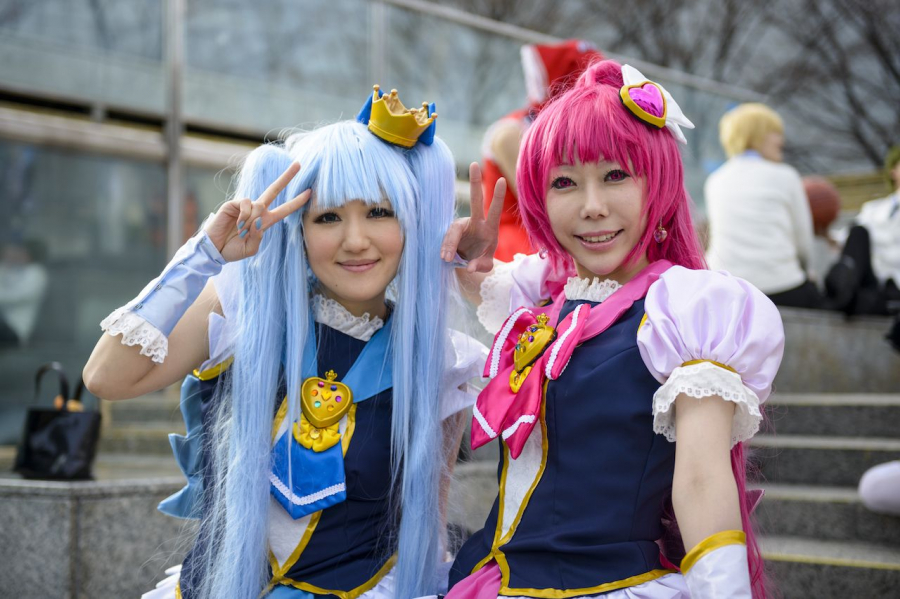
Halloween in Japan is not about ghosts or horror, nor is it a time for trick-or-treating. It is not even a festival for Japanese children. Since the Japanese already remember the dead during the Obon festival in July or August, October 31 is just an excuse for adults to go out and cosplay.
Halloween has been popular in Japan since Tokyo Disneyland held its first spooky event in 1997. Bars and clubs then began holding Halloween-themed events, and small parades began taking to the streets. In recent years, the holiday has exploded in cities like Tokyo, Osaka, and Kanagawa. Shibuya Crossing has become a popular place for partygoers to gather, although it has some competition from Harajuku, which is said to be where the first Halloween festival was held in the 1970s. Amusement parks like Tokyo Disneyland and Universal Studios Japan continue to hold large Halloween parties every year.
Shirt
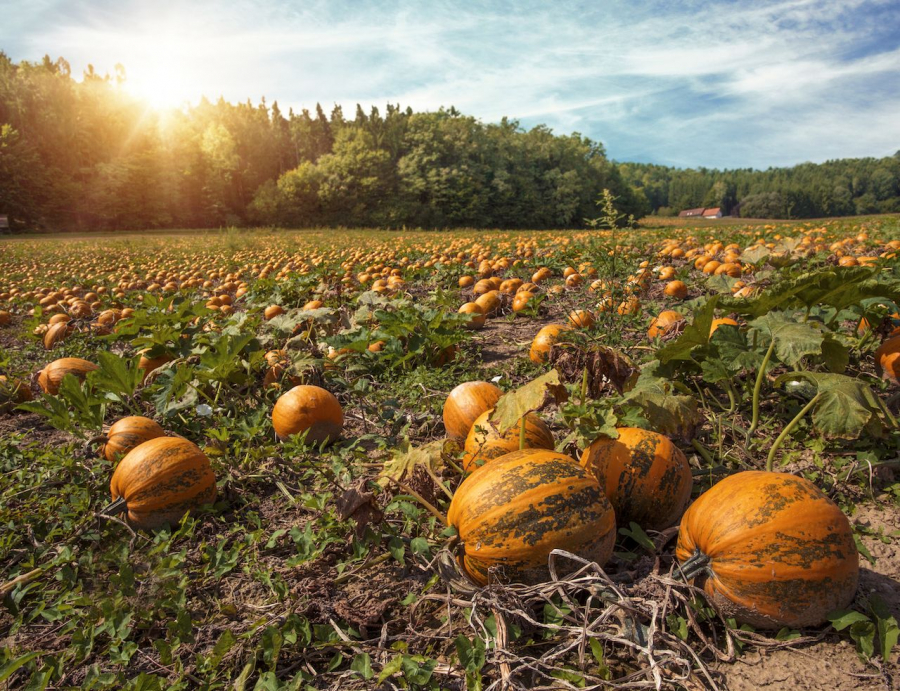
Austrians celebrate Seleenwoche, or All Souls' Week, from October 30 to November 8. It's a relatively serious holiday, centered around church services. However, there is a Halloween tradition in Austria of leaving bread, water, and lanterns outside the door on the night of October 31, much like the offerings to the wandering souls in Vietnam. Halloween night is believed to concentrate cosmic energy, and the offerings are for wandering souls. Like in many other Western countries, Halloween is also pumpkin season in Austria, although the focus is on growing, displaying, and eating pumpkins rather than carving them.
IDEA

Halloween in Italy blends Celtic traditions, which ancient Italians witnessed firsthand when the Roman Empire conquered Celtic nations, with American Halloween traditions. Children go door-to-door trick-or-treating, dress up in costumes and carve jack-o'-lanterns, and Halloween parties in bars and restaurants are becoming more common.
Not only do Italians go on haunted tours of ancient sites like catacombs and castles on Halloween, but they also flock to theme parks for horror-themed events. Some towns take Halloween particularly seriously, decorating their homes and streets in spooky fashion and holding events like fireworks, tarot card readings and Miss Witch pageants. The biggest Halloween celebrations are Corinaldo in the Marche region with its Festa della Streghe (Witches' Festival); Triora in Liguria, which hosted Italy's last witch trials during the Renaissance; and Borgo a Mozzano in Tuscany, with celebrations centered on the Ponte della Maddalena, also known as the Ponte del Diavolo (Devil's Bridge).
Philippines

October 31 marks the start of All Saints Day in the Philippines, a time for family reunions rather than fun, American-style Halloween parties. The holiday is dedicated to remembering loved ones who have passed away, with families lighting lanterns and visiting the graves of loved ones. Many leave offerings, and some even camp out there. You’ll also see parades, parties, and other familiar Halloween activities in Manila and other major cities.
Small towns often hold fun events for children, and stores will leave small gifts for the children. Gradually, American-style trick-or-treating is replacing the custom.pangangaluluwaThe tradition, in which children go around the houses of the village singing songs to welcome the spirits and ask for alms, be it money or food, is still maintained in the rural provinces. Most children dress up in scary costumes. Although many bars still hold Halloween parties in the Philippines, it is generally a family-oriented holiday that honors the spirits of loved ones rather than celebrates ghosts.
Isle of Man

A semi-autonomous British island, the Isle of Man celebrates its own festival on Halloween night: Hop-tu-Naa. Like Samhain, the festival began as a Celtic celebration of the harvest and the New Year. However, as in Ireland today, October 31 has been Americanized on the Isle of Man. But a traditional Isle of Man Halloween would involve carving turnip lanterns and going around the houses singing old folk songs. Festivals in small towns are a little Hop-tu-Naa, a little Halloween, and a lot of fun.





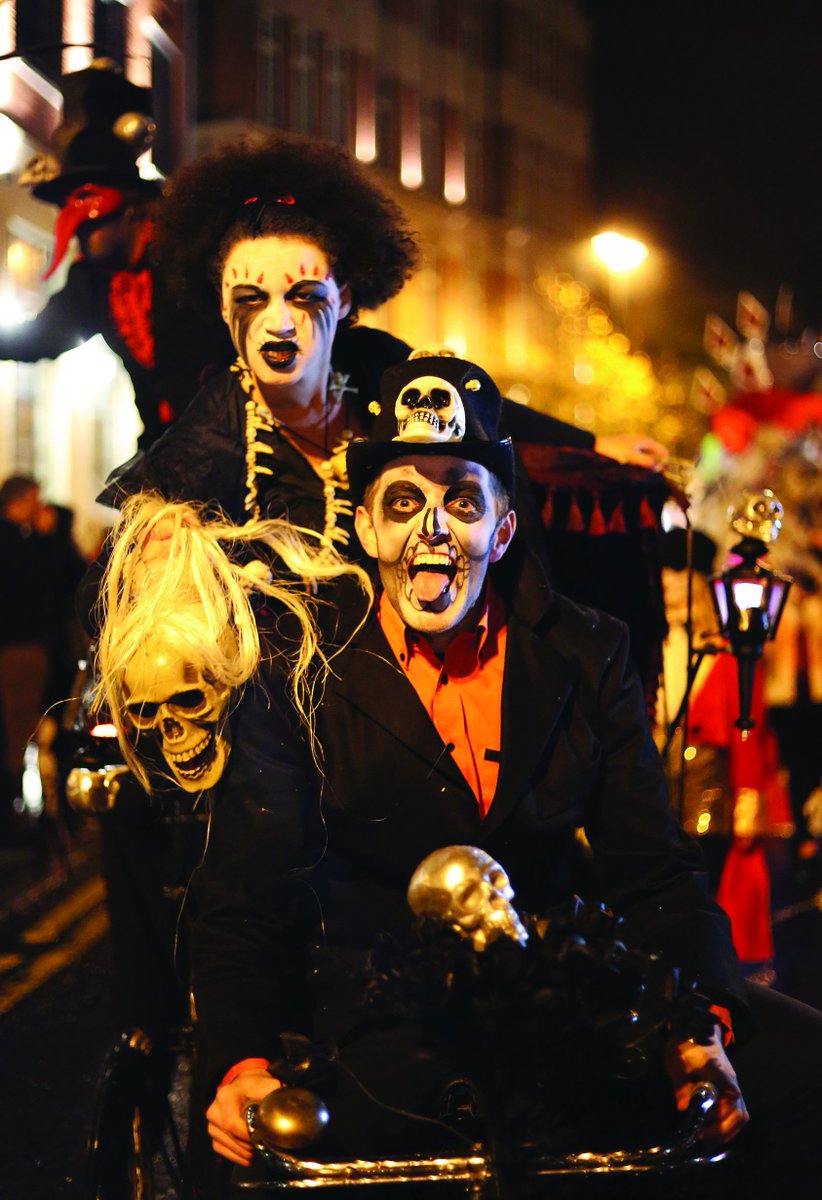
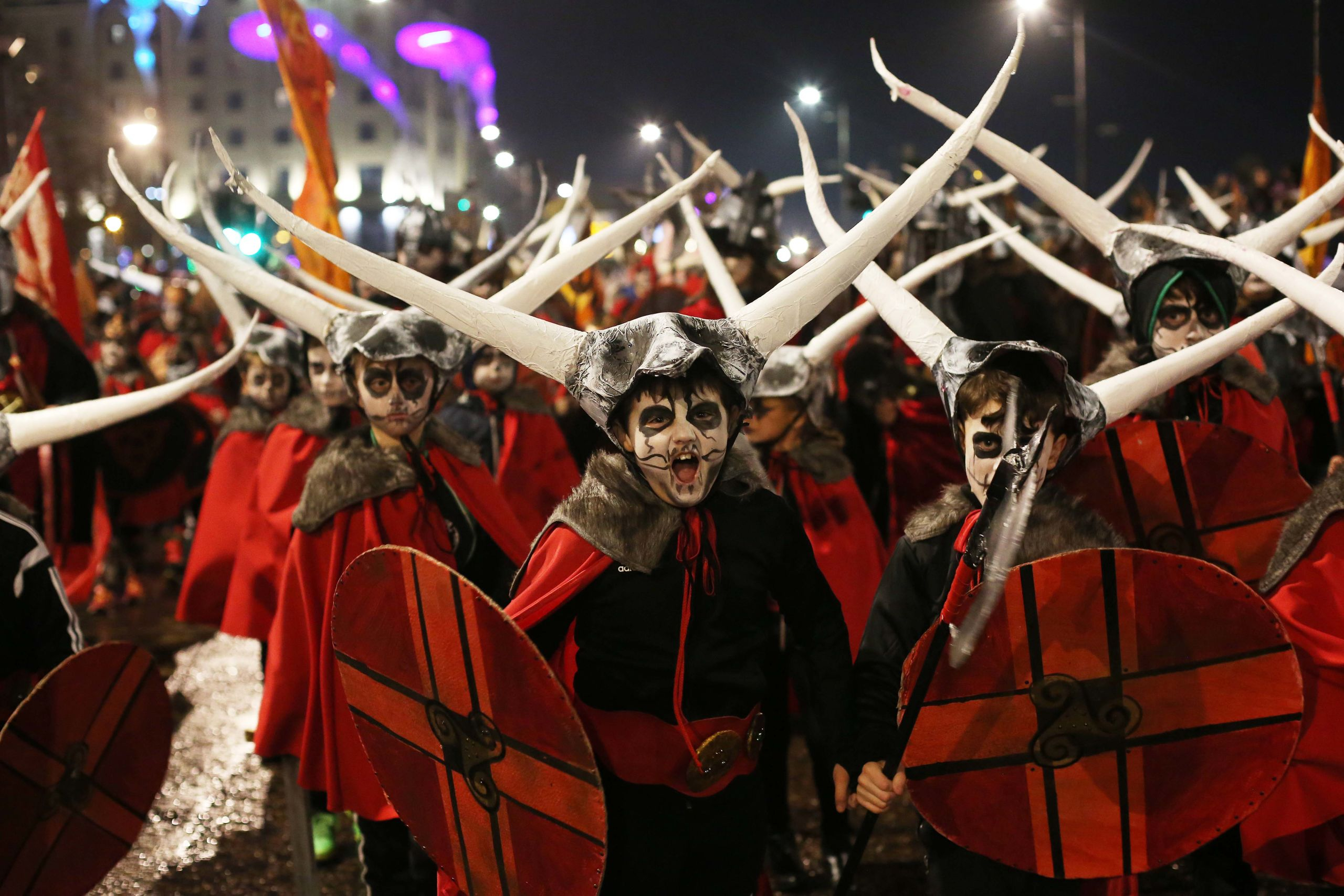
















.jpg.jpg)




.jpg.jpg)






